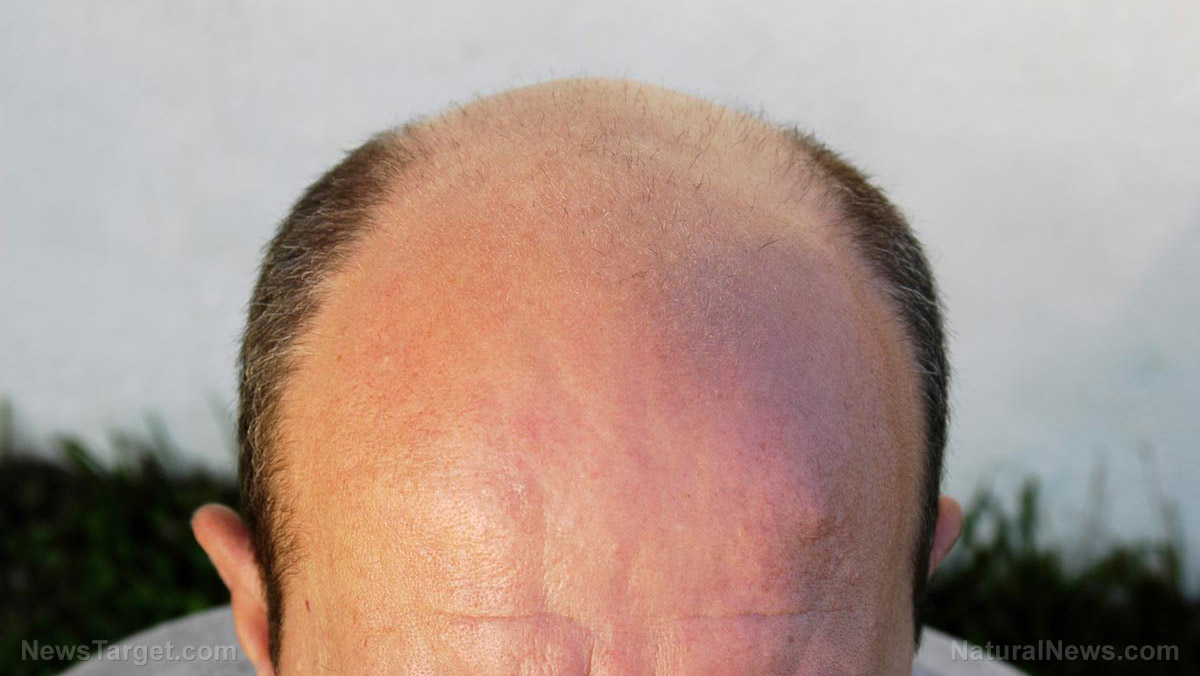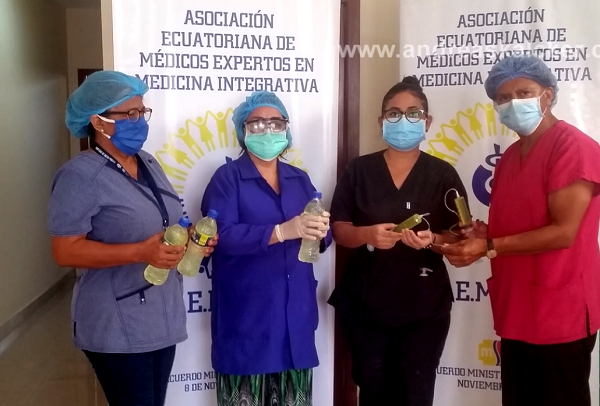School to silence teacher who dared to question vaccines in the classroom
03/21/2017 / By Ethan Huff

Institutions of education are supposed to be safe places where individuals are free to learn, and where instructors are free to teach – even on subjects that some might consider to be “controversial.” But at Grand Erie High School in Waterford, Canada, teachers are apparently only allowed to teach what the government says they can teach, even when doing so puts students’ lives at risk.
Timothy Sullivan, a teacher at Grand Erie, learned this the hard way recently after he was found guilty of “misconduct” for trying to educate his students about the dangers of vaccines. Pointing out what’s publicly available in manufacturer-issued vaccine package inserts, Sullivan warned his students not to believe everything they hear on television or from public health officials about vaccine safety, and for this he is now paying the price.
Reports indicate that Sullivan was forced to face a disciplinary hearing for telling his students the truth, and could ultimately face the suspension of his teaching role – all for merely doing his job as a professional educator. Since the nurses at his school who were administering vaccines during a recent vaccine clinic were failing to explain to students that there are, indeed, risks involved with vaccination, Sullivan stepped in and warned them himself.
Doing this led to major backlash at the government facility, where he was falsely accused of “threatening” students and “shouting” at them. What Sullivan apparently did was simply go near the line of students waiting to be jabbed in the school’s cafeteria and remind them about the side effects listed in the package inserts for the vaccines that they were about to receive.
“I work in a school where I’m responsible for young people,” Sullivan explained during testimony at his hearing, for which he represented himself. “What was taking place 10 steps from my door was assault and battery,” he added about the vaccine clinic, noting that he didn’t actually tell his students not to get vaccinated, but rather to consider the facts that they weren’t receiving from the nurses who were administering them. “I had an obligation to go do something about it.”
School administrators who lie to students about vaccine safety are promoters of chemical violence against children
The nurses who were putting on the vaccine clinic – none of whom were properly doing their jobs by explaining to students the risks of vaccines – claim that Sullivan’s comments about vaccines made them “uncomfortable.” This is rather ironic, considering the nurses weren’t at all concerned that possible side effects of the vaccines they were administering could make students physically uncomfortable – or possibly even kill them.
Sullivan, in his own defense, argued before the panel that his students have a right to know that the substances being injected into their bodies could injure or kill them. This information should have been made available to students as part of the vaccine clinic, and yet it wasn’t, suggesting that the school itself was, indeed, engaged in chemical child abuse.
And yet the panel ultimately took the school’s side in condemning Sullivan for his actions, declaring them to be inappropriate. He was eventually declared guilty of professional misconduct by the Ontario College of Teachers, and must now enroll in and complete a series of courses on professional boundaries, professional ethics – and get this – “anger management.”
“I felt it was my role to make students aware of possible side effects,” Sullivan stated before the panel. “I’m negligent if I don’t point out different side effects of products. I’m responsible for every student in the school. It was actually one of the most professional things I did, making students aware of the side effects.”
Sources for this article include:
Submit a correction >>
Tagged Under:
freedom, Teacher, vaccines
This article may contain statements that reflect the opinion of the author
RECENT NEWS & ARTICLES
Natural.News is a fact-based public education website published by Natural News Features, LLC.
All content copyright © 2018 by Natural News Features, LLC.
Contact Us with Tips or Corrections
All trademarks, registered trademarks and servicemarks mentioned on this site are the property of their respective owners.





















